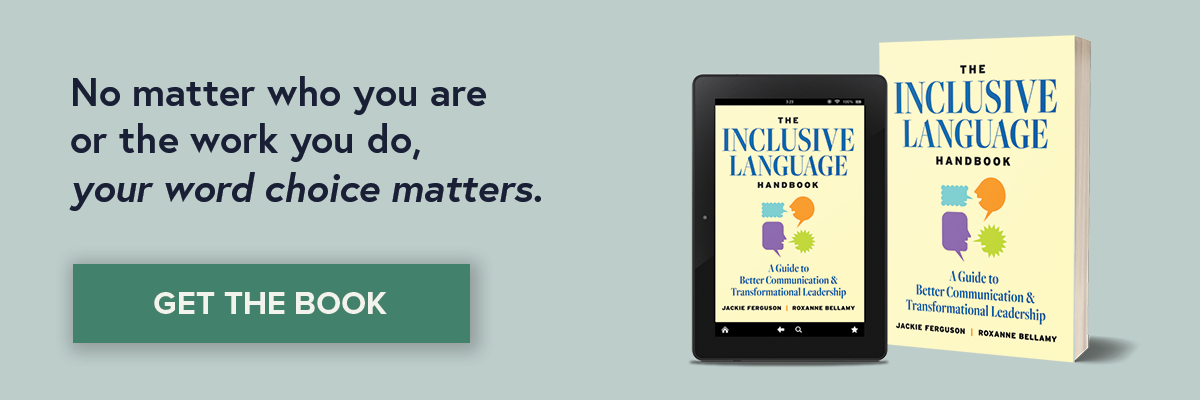Say This, Not That: A Guide for Inclusive Language
Inclusive language…what does it mean? Inclusive language means finding ways to name, honor, and value experiences and identities. But before inclusive language is possible, it is vital to understand the ways that words and expressions can signal assumptions about people and unintentionally reinforce dominant ideas about gender, sexual orientation, race, class, ability and disability, age, and more.
Inclusive language is not the same as being politically correct. Political correctness is focused on not offending whereas inclusive language is focused on honoring people’s identities. While both inclusive language and political correctness certainly posit that there are certain things you should not say, political correctness can create discomfort, which prevents people from engaging. On the other hand, inclusive language allows for more flexibility and connectedness. It is focused on education, dialogue, and naming people in accordance with their personal identities.

There are six primary rules to inclusive language.




